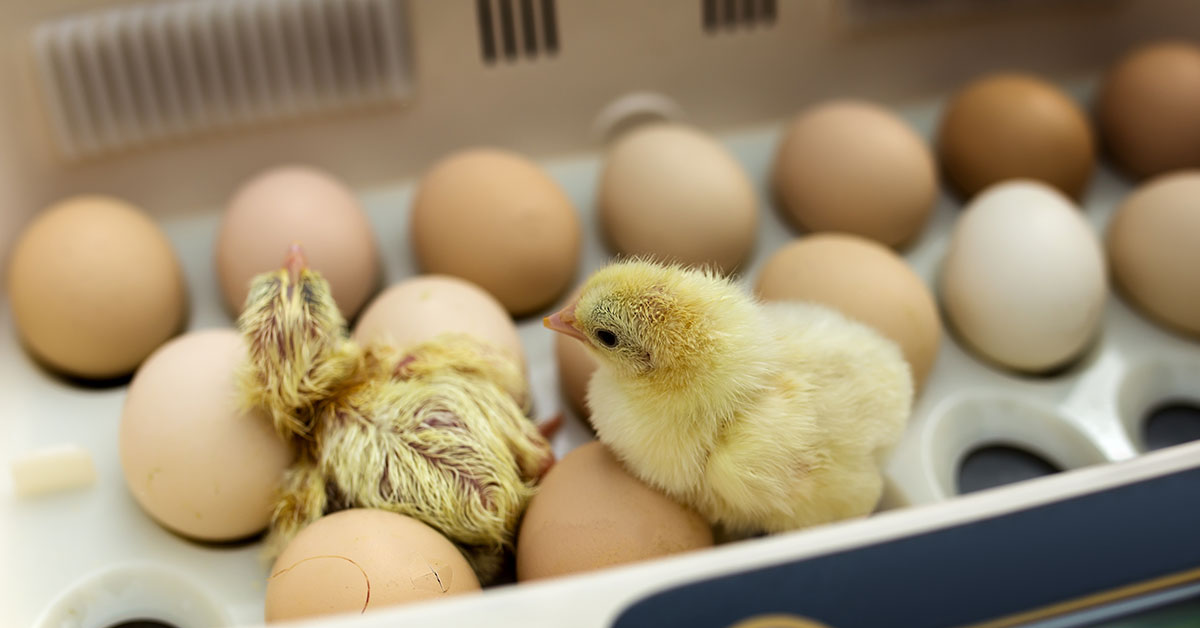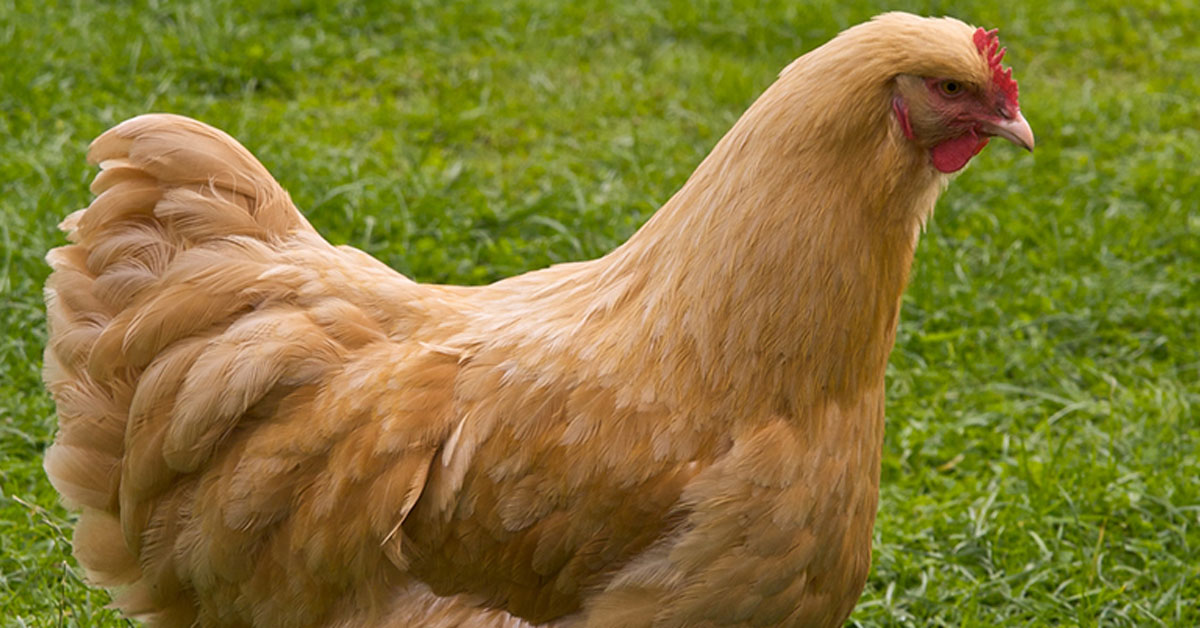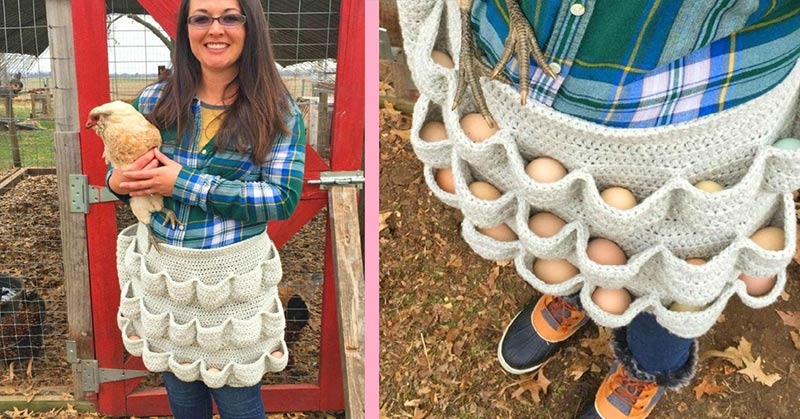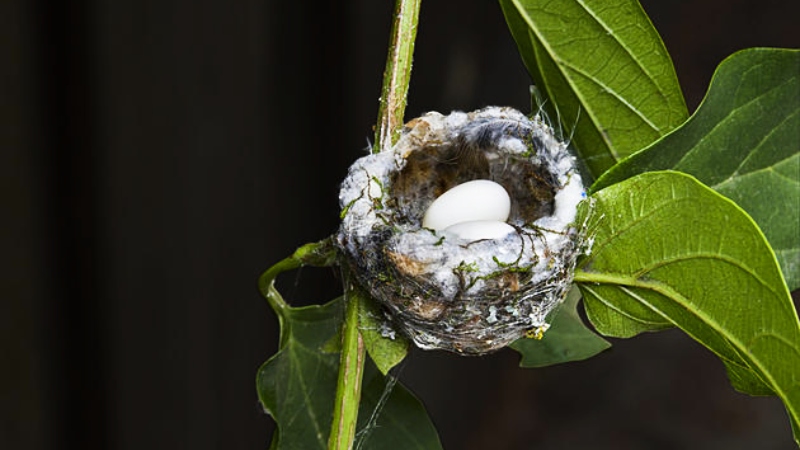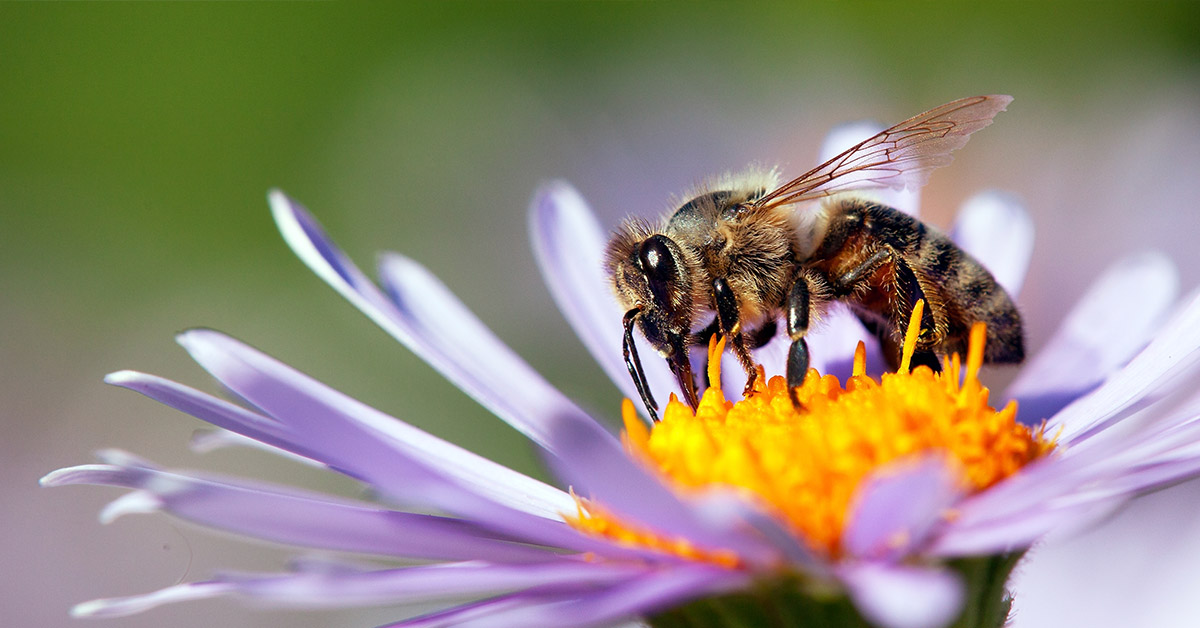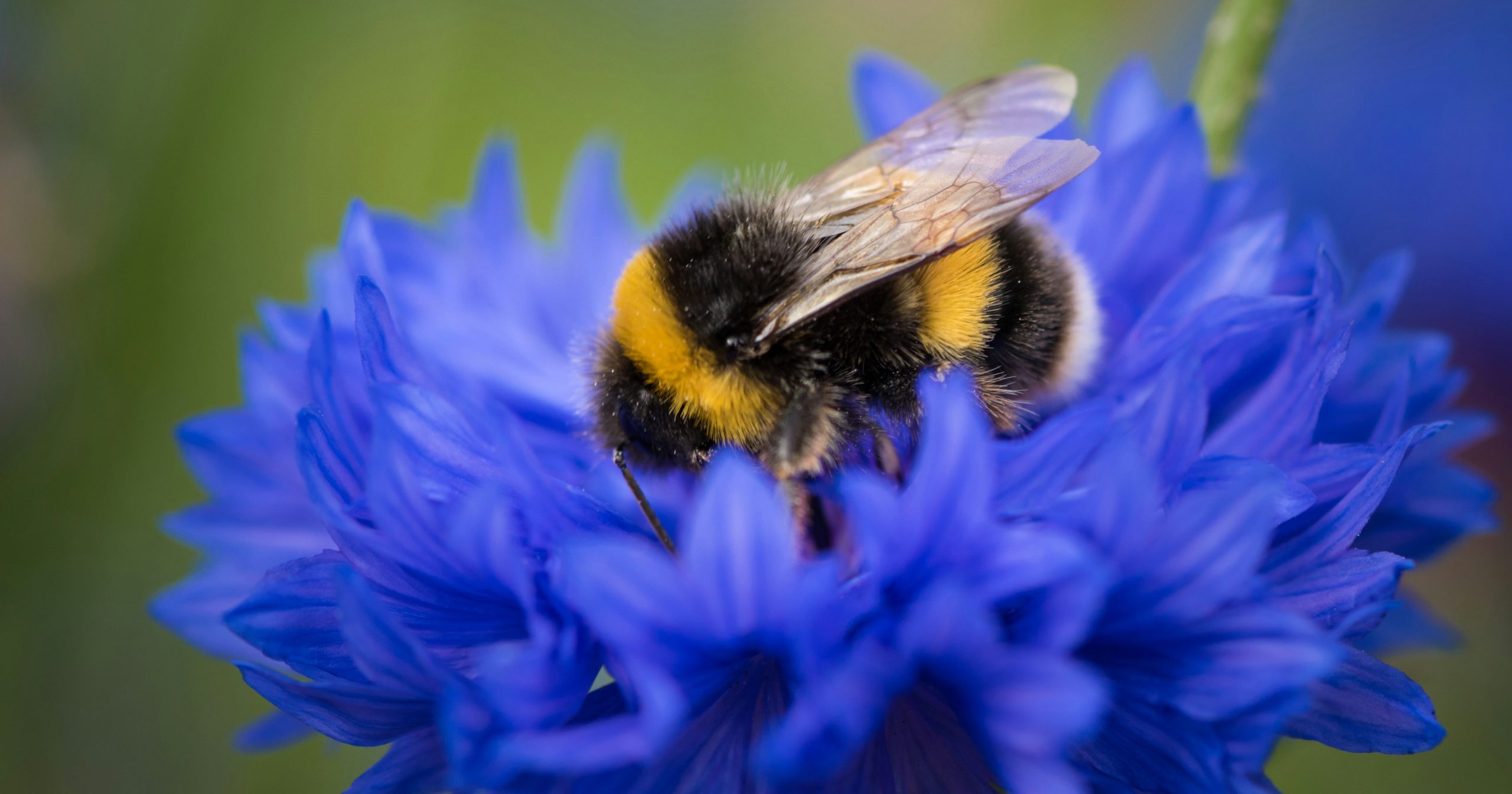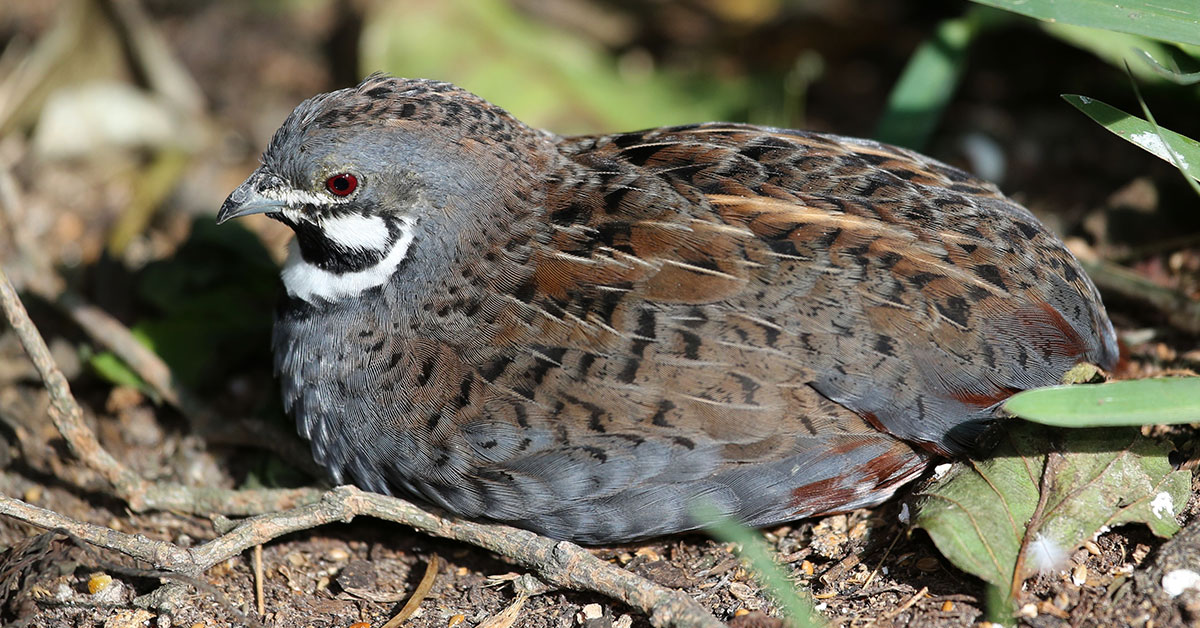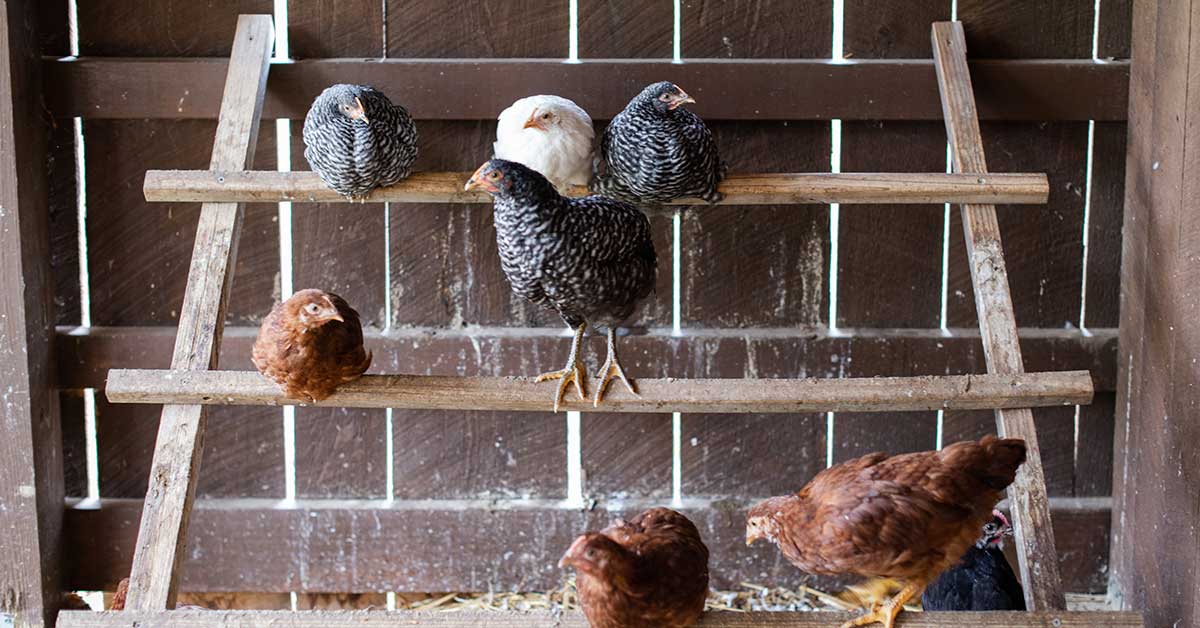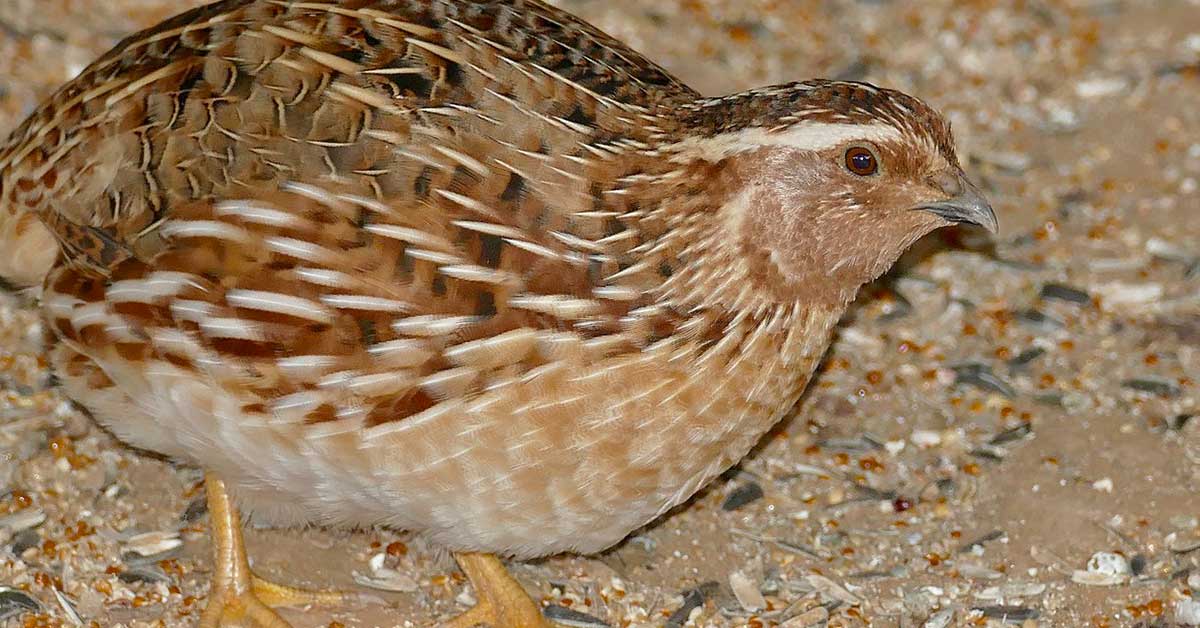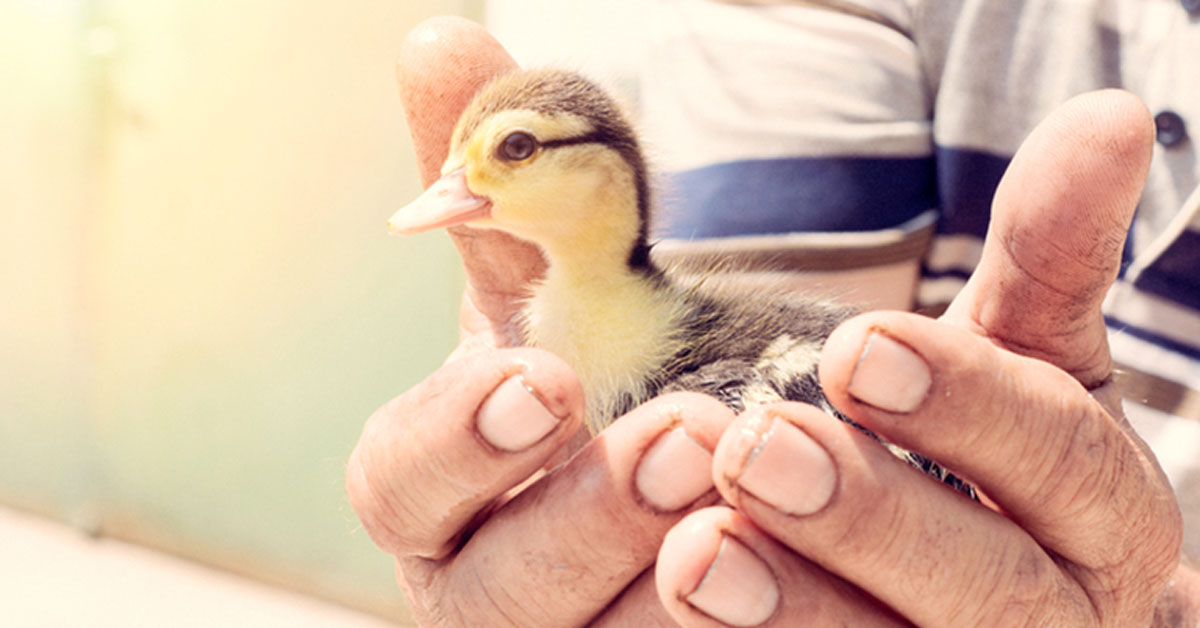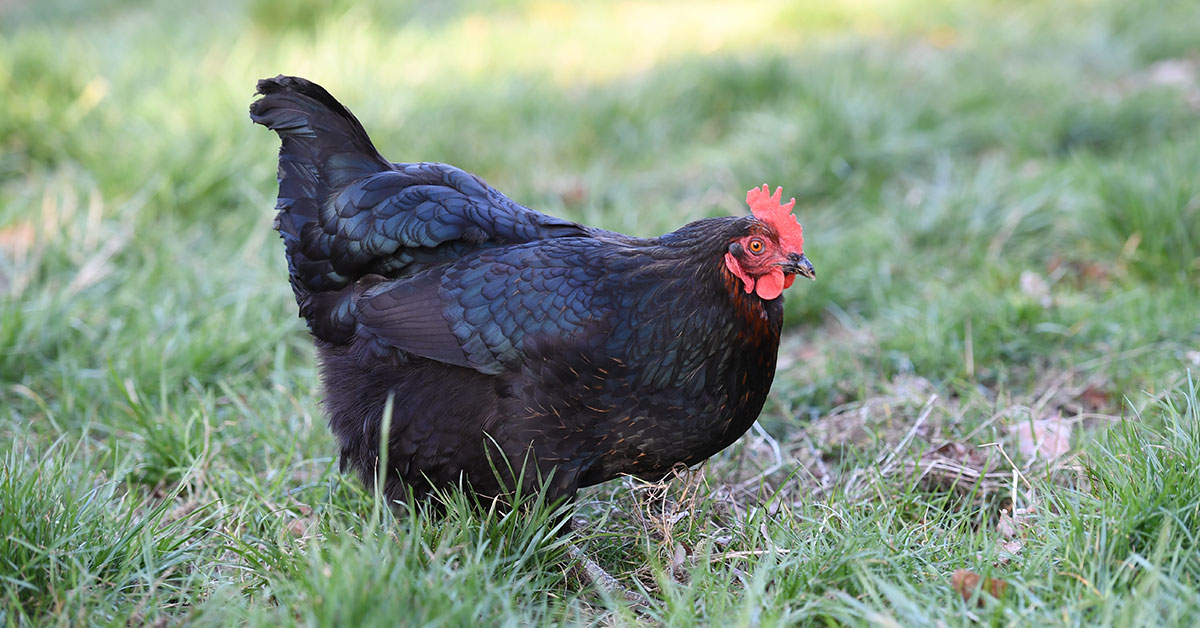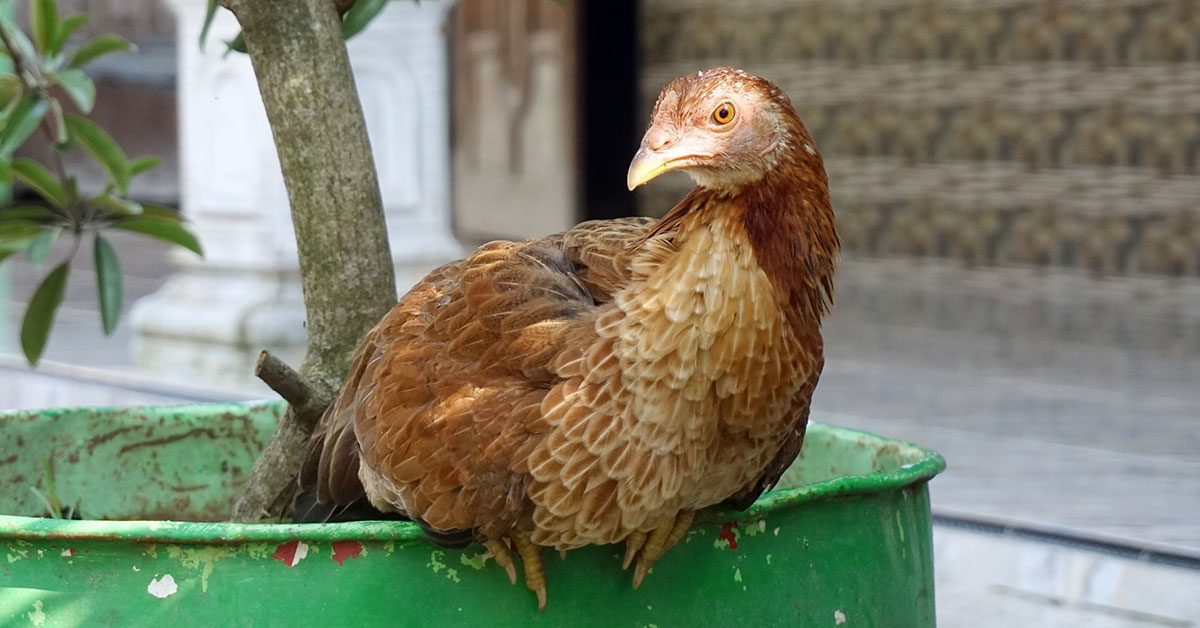Hatching your own eggs can be an incredibly rewarding and fun experience. It’s addicting to watch as the developing chick slowly emerges from the egg and is born into the world. But before you can enjoy the full joys of hatching your own eggs, you need to make sure that the poultry eggs you are using are actually fertile. Fortunately, determining whether your poultry eggs are fertile is relatively easy, and can be done in a few simple steps. You can check for fertility by candling the eggs, by looking for an air cell, by checking for the presence of a blood ring, or by examining the eggshell itself. With a bit of knowledge and a few simple steps, you can easily determine if your poultry eggs are fertile and ready to be hatched!
How to tell if your eggs are fertile
If you’re thinking about setting eggs in an incubator or having a broody hen hatch them herself, you probably want to know: are these eggs fertile? You can’t tell just by looking at the shell if they are fertile or not, but there are some cues that you can look to to indicate whether or not new baby birds will grow.
You have a male in the flock
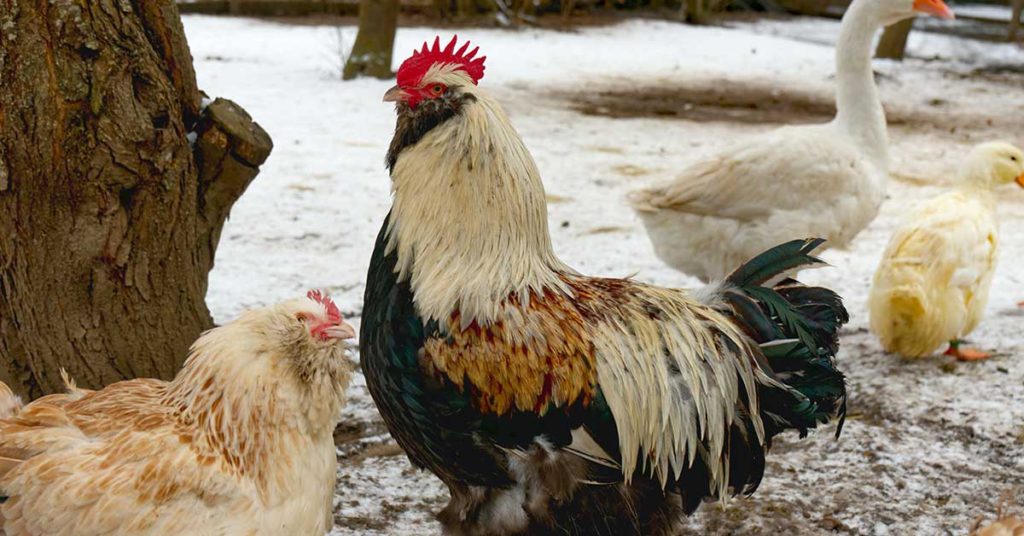
This one is probably pretty obvious, but it’s worth stating anyway. If you are looking to breed your poultry, you will need a male chicken, duck, or quail depending on the breed of poultry you have. Without a male, you will not be able to breed any new chicks, ducks, or quails. Male poultry can be purchased from hatcheries and local breeders. It is important to make sure you have a healthy male to breed with your female in order to ensure the health of the chicks, ducks, or quails.
Your birds are fully mature
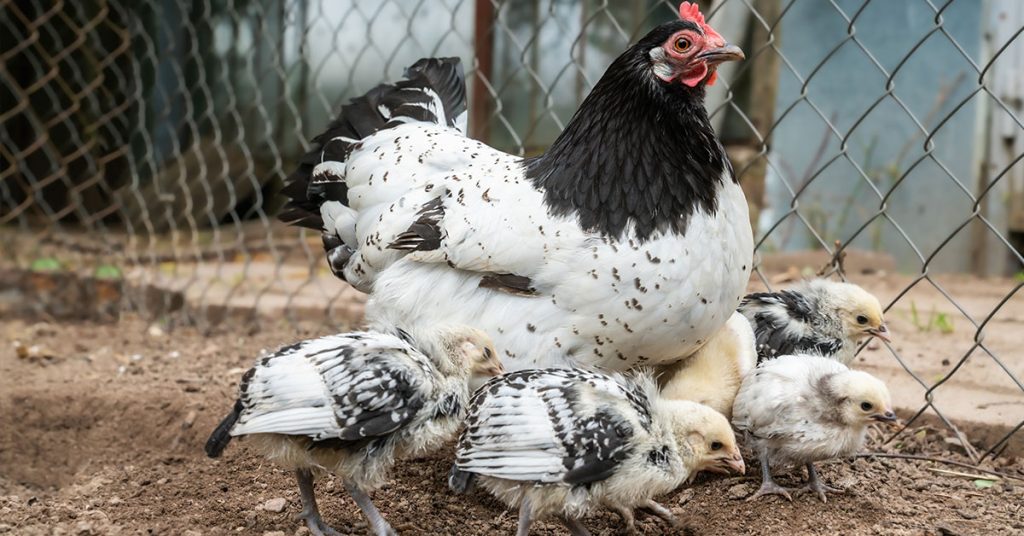
Once you start getting eggs, you may be excited to try to hatch them! It’s better to wait just a little bit longer, though. Waiting until your poultry is fully mature before hatching their eggs is a very important step in the process of raising a healthy flock. If a bird is not mature enough, their eggs may not be adequately developed and could result in weak and unhealthy chicks or infertile eggs entirely.
Additionally, if a bird is too young, they may not have the strength or knowledge to properly care for the eggs and chicks if you’re trying to get them to hatch their own eggs. Therefore, it is important to wait until the birds are of the proper age before introducing them to eggs or hatching them. This will ensure that the birds are capable of providing the necessary care and that the chicks have a greater chance of growing up to be strong and healthy.
When cracked open, you see a blastodisc
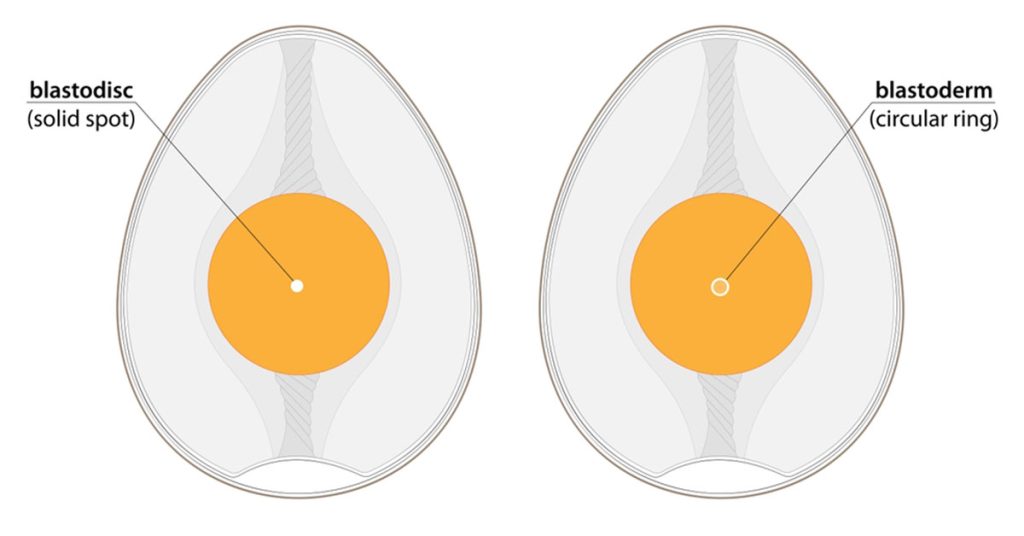
Here’s where things get science-y and fun. If you crack an egg open that has not been fertilized, you will find a blastodisc. A blastodisc is a small, white, solid spot resting on the yolk of the egg. A blastodisc is a single female egg cell. Its kind of cool that it can be seen with the naked eye! If all you you have is a blastodisc, the egg would not have developed.
A blastoderm is a different story, though. The blastoderm is a single layer of embryonic epithelial tissue that forms when a female’s egg cell is exposed to the male’s sperm. It isn’t a single white point like a blastodisc, but appears like a slightly larger, white, circular ring. The presence of a blastoderm indicates that, at least in the egg you cracked open, fertilization occurred. But you can guess that at least some of the other eggs you’re collecting are also being fertilized.
Blastodiscs and blastoderms are difficult to see on quail eggs due to their very small size.
After a few days of incubation, you see development
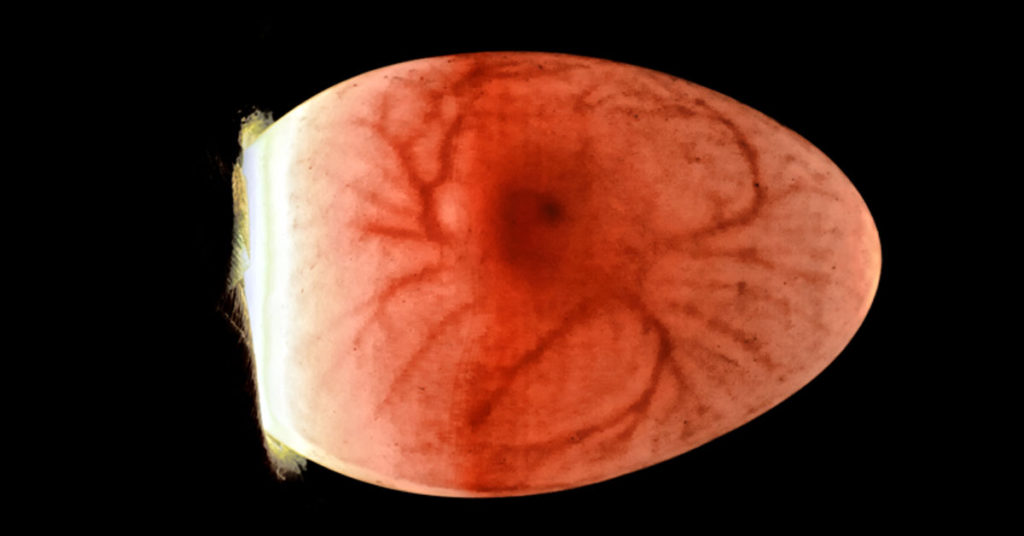
Another way to tell if your eggs are fertilized is to simply set them in your incubator and wait for a few days. Depending on the type of poultry, you should easily be able to see development inside of the egg after between 4 and 10 days. I don’t candle muscovy duck eggs until day 10, but quail eggs can be candled as early as day 3.
Candling an egg is a process used to check the quality of eggs without cracking them open. To candle an egg, you will need an egg candler. This is a device that emits a bright light and magnifies the egg to allow for inspection. A simple flashlight will work too. To candle an egg:
- Start by washing your hands.
- Darken the room and shine a small flashlight into the egg
- Look for signs of development. After just a few days, you should be able to see veins and a small embryo developing
- Inspect the egg for any cracks or signs of death
- If the egg is intact and free from any defects, return it to the incubator
- If the egg has any defects, it should be discarded.
If your eggs were fertile but they didn’t hatch, consult our guide on common causes of poor hatch rates.
